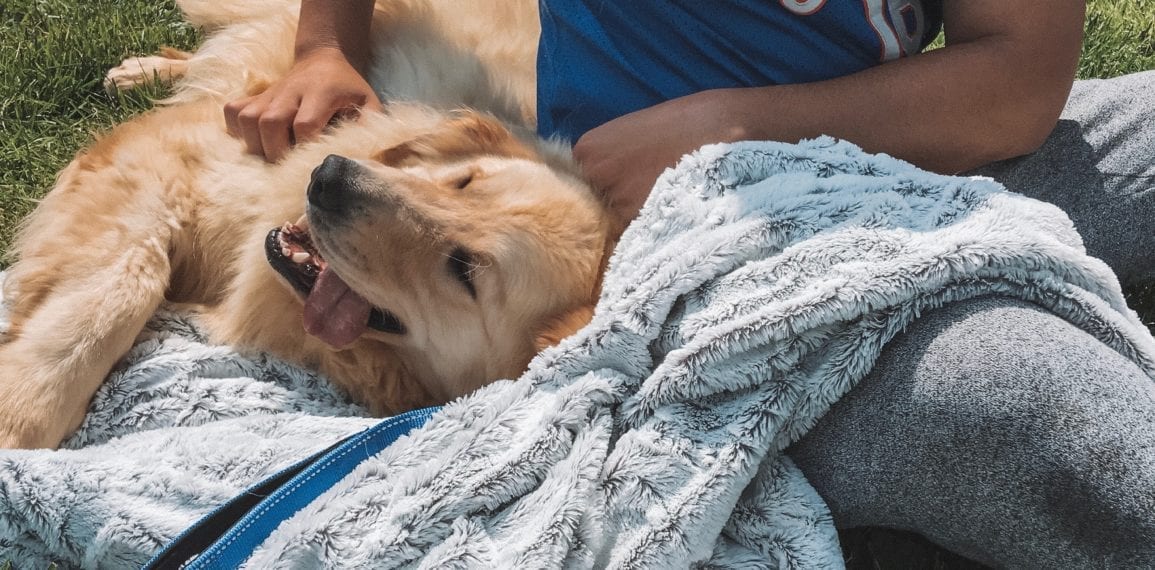Beginning from the very FIRST SECOND that your dog enters your house they are absorbing information like a sponge. If you’re smart – you’ll take advantage of this time and get your dog off on the right paw. Here’s how-
Written by Alyssa Rose, CPDT-KA- 6/7/2018
#1: Housetraining – When bringing a new dog into your home NEVER assume that house training will carry over, dogs don’t generalize well. Allowing your dog the opportunity to have accidents in the house in the first few days may set the stage for months of potty problems. Get your dog on the right track on Day 1 by vowing to prevent any accidents from occurring. These next three tips may seem like a lot of work but will save you time and frustration in the long run! Here’s what you need to do for the first 2-3 days (minimum):
- Go for potty breaks outside (on leash) every half-an-hour.
- Reward with treats when they do their business in the appropriate place.
- Keep your dog on leash or in a confined area when they are in the house to prevent accidents.
#2 Separation Preparation – We recommend creating a “safe space” for your dog to stay in when unsupervised. I recommend gating off a kitchen, and spending time to properly proof the area to make it safe and secure:
- Always be sure that your dog has been given the opportunity to potty and exercise before going into their “safe space.”
- Provide irresistible goodies only if/when they are in this area.
#3 Establish a Healthy Routine – Dogs thrive when given structure and clear-cut expectations. Sit down with your whole family and write up a list of “house rules” – your dog will thank-you for it! Here are some basic rules to consider implementing with your new dog.
- Keep greetings and departures low key. Exuberant “hellos” can set the stage for unwanted behavior down the road; like jumping or barking. Long, drawn out, goodbyes could make your dog more anxious about being on his or her own.
- Build value for being calm and connected. If a newly adopted dog is prone to anxious, fearful or hyperactive behavior it’s a great idea to spend 5 – 10 minutes each day hand feeding your dog their breakfast or dinner. This can create the bedrock for a great relationship.
- Create a feeding schedule! Why shouldn’t you leave food out throughout the day? Scheduled feeding allows you to monitor your dog’s mental and physical health. Loss of appetite is usually the first indicator that something is wrong and your dog is in need of special attention. A good feeding schedule is also associated with greater learning potential and a more energetic, happier dog.
#4 Learn About Your Dog – Read their body language, and take note of how your dog responds to different people, places, noises, environments etc. Be aware of your dog’s emotional state, and avoid pushing your dog into situations that appear to generate chronic stress or anxiety. Be your dog’s advocate. Being sensitive to your dog’s limitations is the first step in developing a trusting relationship. Dismissing clear indicators of stress or anxiety is a sure fire way to create unwanted behavioral issues.
#5 Expose Your Dog to New “Stuff” Gradually – Go to big open parks where dogs have to be on leash (not a dog park!) where your dog can watch the world go by. Allowing your dog to see dogs and people in the distance is a great way to help your dog learn to be calm and minimize stress or arousal on leash. This allows for more gradual exposure to stimuli that could otherwise over-stimulate or over-whelm your dog.
Written by Alyssa Rose, CPDT-KA
Alyssa Rose owns and operates Legends Dog Training, based in San Diego, California. Go to www.legendsdogtraining.com for more information about training services, including private training, 2-4 week board and train programs, and guided online training for those live throughout the country or abroad.








Recent Comments